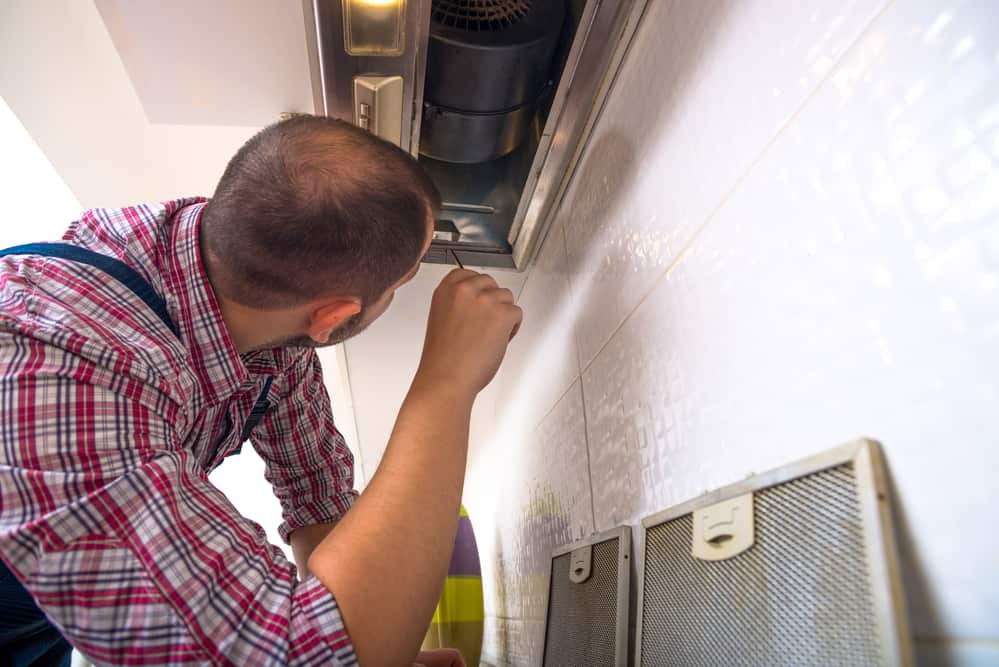Covid-19: Infection protection through ventilation and air purification technology
The right ventilation and air purification technology can make a significant contribution to infection protection. This is because the main route of transmission of Covid-19 is the inhalation of virus-containing aerosols released into the air by an infected person. The risk of infection is strongly dependent on the supply of "virus-free" air to the room and the number and activity of people present.

A decisive finding is that only mechanical ventilation systems provide a guaranteed year-round air exchange and, if sufficiently dimensioned, considerably reduce the risk of infection. Shock and cross ventilation via windows are in most cases energetically less favourable and also the well-being of the people in the room is often restricted as a result. A comparable protection against infection as with well-dimensioned mechanical ventilation systems can only be achieved under ideal assumptions that rarely apply in practice. If only impact and cross ventilation is possible, adequately dimensioned secondary air purification units significantly reduce the risk of infection in rooms and are thus suitable as an additional measure.
These are the findings of the VDMA General Air Technology Association in the information sheet "Indoor air systems in times of COVID-19 - Evaluation of the risk of infection by aerosol-bound viruses with different ventilation and air cleaning methods in rooms". The publication is a summary of the study "Estimation of the risk of infection by aerosol-borne viruses in ventilated rooms". This study compares the infection risk of different indoor environments and evaluates different ventilation and air purification measures with additional consideration of the wearing of a mouth-nose-covering (MNB).
In general, both the study and its summary in the VDMA information sheet assess exclusively aerosol particle-caused infections via the airway. The study was carried out in cooperation with the following institutes:
- Institute for Energy Efficient Buildings and Indoor Climate (EBC), RWTH Aachen University
- Institute for Occupational, Social and Environmental Medicine, RWTH Aachen University
- IBO Innenraumanalytik OG, Vienna
- Heinz Trox Wissenschafts gGmbH, Aachen
Information leaflet on the correct ventilation of rooms
Concepts for reopening assembly rooms, for example, can only be sensibly implemented with ventilation that is suitable for infection control. A guide to this is provided in the publication of the VDMA trade association "Ventilation systems in times of COVID-19 - Requirements for ventilation and air purification to reduce the risk of infection via the airway - AHA + Ventilation". The information document describes a procedure that defines the requirements for ventilation suitable for infection control on the basis of European standards and makes rooms individually assessable.
In a seminar room, for example, the activity level is low because the people in the room breathe normally and speak only occasionally. However, facilities with a higher degree of activity are also evaluated. These include, for example, restaurants, fitness studios or theatres. In these rooms, the majority of the people present speak and are also physically active, so that breathing takes place at an increased frequency.
The calculation and assessment procedure, together with appropriate infection control measures to reduce the virus load in indoor air, could in future prevent blanket closures of utility rooms and buildings of entire economic sectors - provided that the AHA rules are complied with and the occupancy density is adapted.
The publication is based on the Status Report 52 of the German Building Climate Association (Fachverband Gebäude-Klima e.V.), which was published at the beginning of February. (FGK). Both FGK and the VDMA's General Air Technology Association contribute the expertise of their members to address politicians and the public. They offer decision-making bases for flexible or differentiated opening strategies, respectively, always provided that measures taken and techniques used are demonstrably suitable for keeping the risk of infection low.
Further information from the VDMA on the subject of Covid-19 can be found at here.
You will find more information to "New standard for Covid ventilators here.









